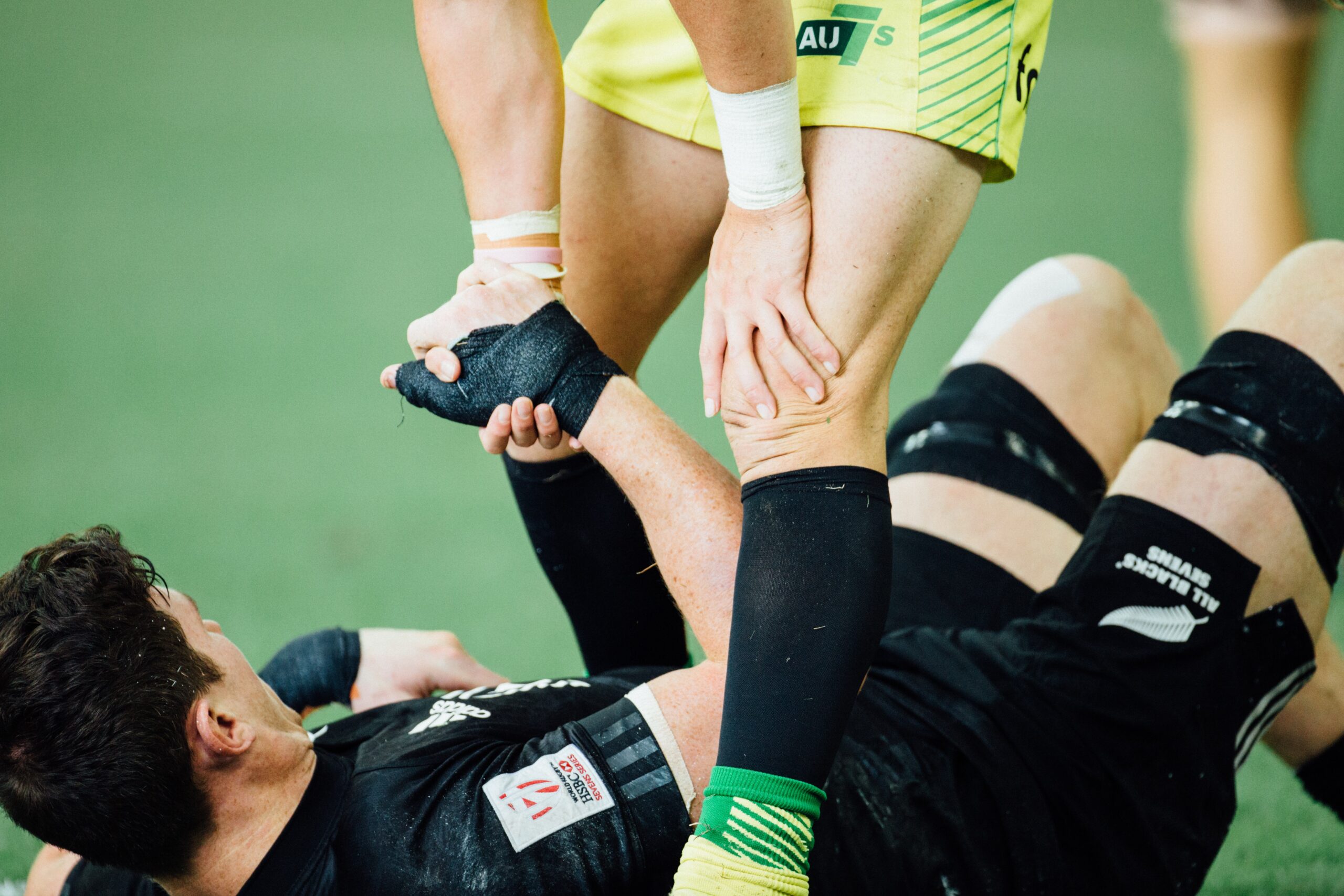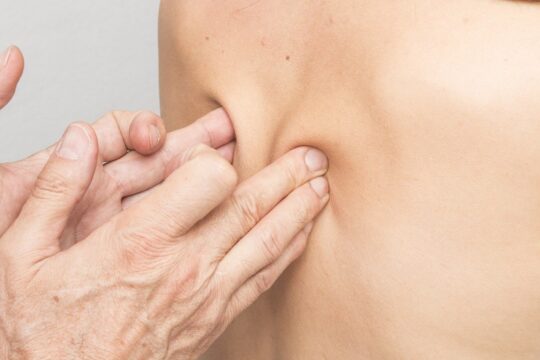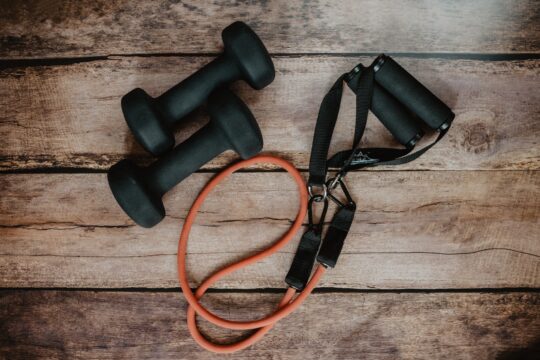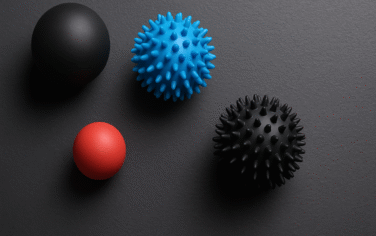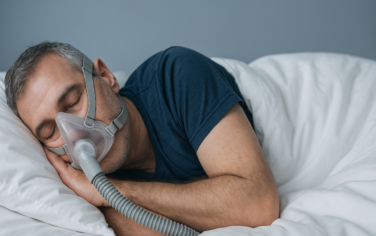This ACL rehabilitation article has been researched and written by Sports & Exercise Physiotherapist, Belinda Mayger.
Rupture to the anterior cruciate ligament (ACL) is usually repaired by surgically reconstructing the ligament. Reconstruction is typically recommended, particularly with young active individuals, although non-operative management can be an option depending on the stability of the knee and the levels of activity required by that person (Shea et.al, 2015).
Reconstruction of the ACL is considered a fairly common procedure, however, rehabilitation following such an operation is not always so straightforward. Recent research has shown that one out of three people do not return to their pre-injury level of sport and that only 55% of people return to competitive level sport (Ardern et.al, 2014). There are many factors that can influence return to sport, for example, age, gender, pre-injury activity levels and elite versus recreational athletes.
One thing in common that everyone has after undergoing an ACL repair is a rehabilitation program and an effective rehabilitation program is essential to achieve a successful and functional outcome for the patient (Harris et.al, 2014).
What does ACL rehabilitation entail?
There are many features that need to be considered during rehabilitation post ACL reconstruction including: range of motion, muscle activation patterns, strength, joint proprioception (awareness), joint function above and below the knee, balance/stability and; functional and sport specific retraining – just to name a few! With all of these needing to be worked into a rehabilitation program, a thorough assessment of the patient is required and should continue to be ongoing throughout the rehabilitation process. No one person is the same and giving out poorly designed, standardised ‘recipe’ based rehab programs, is certainly not the best treatment that can be delivered.
Retraining the single leg deadlift not only assists with hamstring strength but also addresses pelvic and hip control. All important aspects of ACL rehabilitation.
Recognising the origin of an ACL injury
On top of this, identifying what was a likely cause or contributing factor to rupturing the ACL in the first place and including strategies to address this (when appropriate) is ideal as an additional preventative measure to avoid re-rupture. For example, poor stability and strength around the hip may lead to movements occurring at the knee that put the ACL under increased strain and therefore risk of rupture. However poor strength and stability around the hip may be due to a number of reasons including poor movement patterns around the pelvis, reduced mobility or tightness around the hip, muscle imbalances (Geraci & Brown, 2005) ankle stiffness or compensation from other injuries.
This requires a careful and thorough assessment to find the underlying issues and then knowledge of how to incorporate these effects into a rehabilitation program.
Returning to sport and functional-based training
Consideration of psychological barriers is also extremely important in a successful return to sport (Ardern et.al, 2014) with fear avoidant behaviours more likely to be evident if the patient is not confident with aspects of their rehabilitation which can quite often translate into poor sports performance and be very frustrating for the patient.
Exercise and sports physiotherapists will place a huge emphasis on functional-based training and incorporate this in all different types of injury presentations. Given that there is a notable link between establishing a high level of physical function and a successful return to sport post ACL reconstruction (Ardern et.al, 2014), the experienced and highly trained staff at the clinic are more than equipped to help direct and advise patients on the best management for them. If you have any queries regarding any of the above or would like further information, please don’t hesitate to contact us!
We hope this article has assisted you in considering ACL rehabilitation options. Always work with a trained and qualified physiotherapist to design a rehabilitation program that will allow you to return to sport and other function-based training. Be sure to check out our other sports topics here at Physical Solutions!

